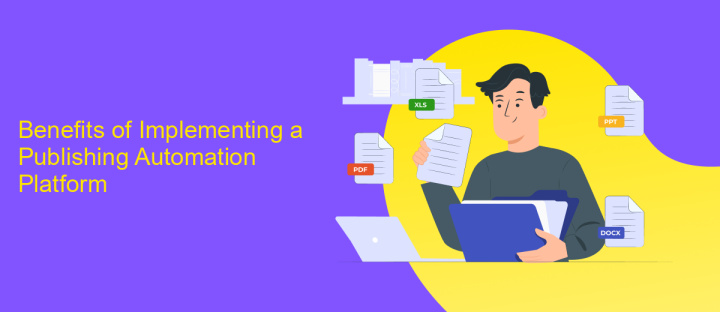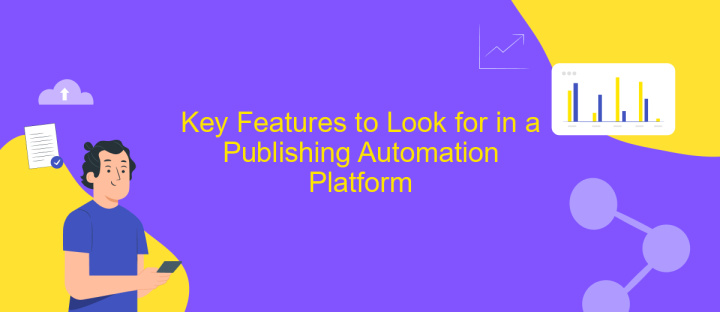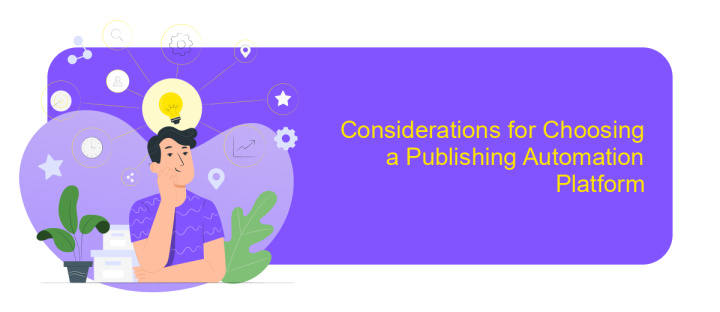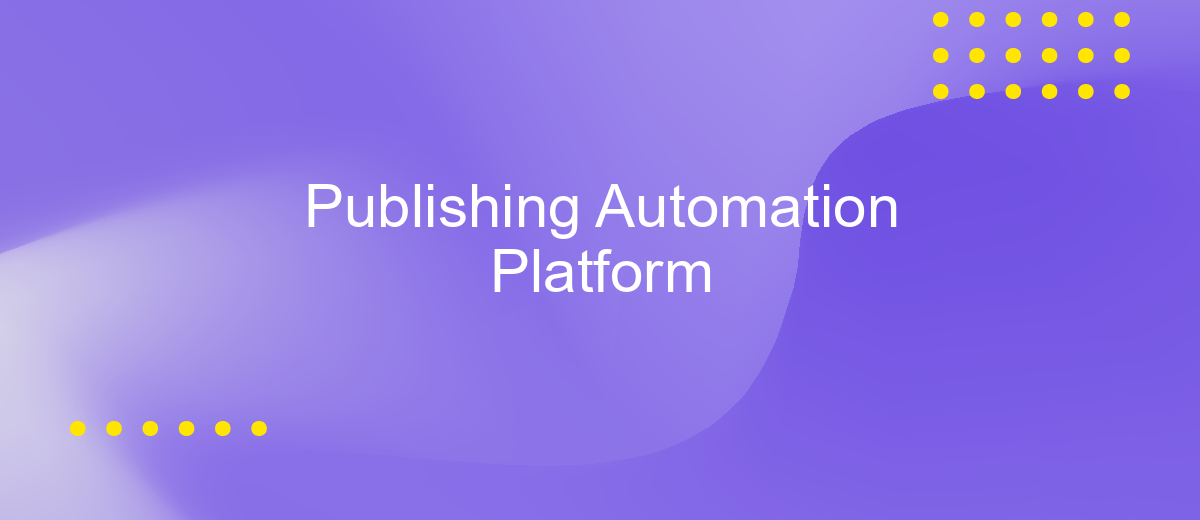Publishing Automation Platform
In today's fast-paced digital landscape, the demand for efficient content creation and distribution is at an all-time high. A Publishing Automation Platform revolutionizes the way businesses manage their content, streamlining processes from creation to publication. By automating repetitive tasks and integrating with various channels, this innovative solution empowers organizations to enhance productivity, maintain consistency, and reach their target audience more effectively than ever before.
Introduction: Understanding Publishing Automation Platforms
In today's fast-paced digital landscape, the demand for efficient and streamlined content distribution has led to the rise of Publishing Automation Platforms. These platforms are designed to simplify the process of publishing content across multiple channels, ensuring consistency and accuracy while saving time and resources. By automating repetitive tasks, these platforms allow publishers to focus on creating high-quality content that engages their audience.
- Automated scheduling of content across various platforms.
- Integration with multiple content management systems (CMS).
- Real-time analytics and performance tracking.
- Customizable workflows to fit specific publishing needs.
- Collaboration tools for teams to work efficiently.
As the media landscape continues to evolve, the role of Publishing Automation Platforms becomes increasingly crucial. By leveraging these tools, publishers can not only enhance their operational efficiency but also improve their ability to reach and resonate with their audience. Whether for small businesses or large enterprises, these platforms offer scalable solutions that adapt to the ever-changing demands of digital publishing.
Benefits of Implementing a Publishing Automation Platform

Implementing a publishing automation platform offers significant advantages for businesses seeking efficiency and consistency in their content creation processes. One primary benefit is the reduction in manual tasks, allowing teams to focus on creativity and strategy rather than repetitive duties. Automation ensures that content is published across multiple channels simultaneously, maintaining a cohesive brand message. This streamlining can lead to faster time-to-market for new content, giving businesses a competitive edge.
Moreover, integrating a platform like ApiX-Drive can further enhance these benefits by simplifying the connection between various tools and services. ApiX-Drive enables seamless data transfer and synchronization, ensuring that all systems work harmoniously without the need for complex coding. This not only saves time but also reduces the risk of errors that can occur with manual integrations. Ultimately, a publishing automation platform, complemented by efficient integration services, empowers businesses to deliver high-quality content consistently and efficiently.
Key Features to Look for in a Publishing Automation Platform

When choosing a publishing automation platform, it’s essential to identify key features that will streamline your content creation and distribution processes. A robust platform not only improves efficiency but also enhances the quality of your publications.
- Content Management: Look for a platform that offers intuitive content management tools, enabling easy creation, editing, and organization of content.
- Multi-Channel Distribution: Ensure the platform supports distribution across various channels, including social media, email, and websites, to maximize reach.
- Workflow Automation: Automation of repetitive tasks, such as scheduling and publishing, saves time and reduces errors.
- Analytics and Reporting: Comprehensive analytics features provide insights into content performance, helping refine strategies.
- Collaboration Tools: Effective collaboration features allow teams to work together seamlessly, enhancing productivity.
By focusing on these crucial features, you can select a publishing automation platform that not only meets your current needs but also scales with your growth. A well-chosen platform will empower your team, optimize workflows, and ultimately contribute to the success of your publishing endeavors.
Considerations for Choosing a Publishing Automation Platform

When selecting a publishing automation platform, it's crucial to evaluate how well it aligns with your organization's specific needs and objectives. Begin by assessing the platform's compatibility with your existing systems and workflows to ensure a seamless integration. Consider the range of features offered and how they can enhance your publishing process.
Another vital factor is the platform's scalability. As your organization grows, the platform should be able to accommodate increased demand without compromising performance. Additionally, evaluate the level of customer support and training provided, as these can significantly impact your team's ability to effectively utilize the platform.
- Integration capabilities with existing tools
- Scalability for future growth
- Comprehensive customer support
- User-friendly interface
- Cost-effectiveness and pricing structure
Ultimately, choosing the right publishing automation platform requires a thorough analysis of both current and future needs. By considering these factors, you can select a platform that not only meets your immediate requirements but also supports long-term success and efficiency in your publishing operations.


Conclusion: The Future of Publishing Automation
The future of publishing automation is poised to revolutionize the way content is created, managed, and distributed. As technology continues to evolve, publishers will increasingly rely on sophisticated tools to streamline processes and enhance efficiency. Automation platforms will enable publishers to focus more on creative tasks by reducing the manual workload associated with content management. This shift will not only improve productivity but also allow for more personalized and engaging content experiences for audiences.
Integration with various services will play a crucial role in this transformation. Platforms like ApiX-Drive offer seamless connectivity between different applications, facilitating smooth data flow and process automation. By leveraging such tools, publishers can automate repetitive tasks, such as content scheduling and distribution, ensuring timely and accurate delivery across multiple channels. As these technologies advance, the publishing industry will witness a significant shift towards more agile and responsive operations, ultimately leading to a more dynamic and innovative media landscape.
FAQ
What is a Publishing Automation Platform?
How can a Publishing Automation Platform benefit my organization?
What types of content can be managed with a Publishing Automation Platform?
How do I integrate a Publishing Automation Platform with my existing tools?
Is it possible to customize workflows in a Publishing Automation Platform?
Routine tasks take a lot of time from employees? Do they burn out, do not have enough working day for the main duties and important things? Do you understand that the only way out of this situation in modern realities is automation? Try Apix-Drive for free and make sure that the online connector in 5 minutes of setting up integration will remove a significant part of the routine from your life and free up time for you and your employees.

